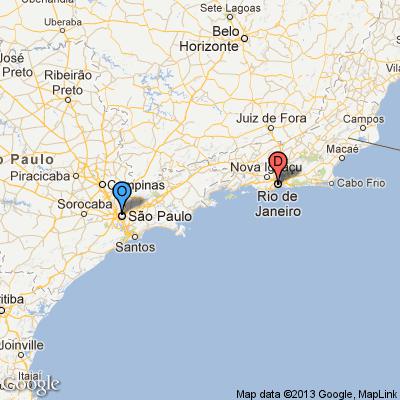I have following graph.
g = Graph[{"Uppsala" -> "Marsta", "Marsta" -> "Uppsala",
"UpplandsVasby" -> "Sollentuna", "Sollentuna" -> "UpplandsVasby",
"UpplandsVasby" -> "Marsta", "Marsta" -> "UpplandsVasby",
"Stockholm" -> "Boo", "Boo" -> "Stockholm",
"Stockholm" -> "Lidingo", "Lidingo" -> "Stockholm",
"Stockholm" -> "Sollentuna", "Sollentuna" -> "Stockholm",
"Stockholm" -> "Taby", "Taby" -> "Stockholm"},
VertexLabels -> "Name", ImagePadding -> 40];
coords = CityData[#, "Coordinates"] & /@ VertexList[g];
SetProperty[g, {VertexCoordinates -> Reverse[coords, 2],
Prolog -> {Gray, CountryData["Sweden", "Polygon"]}}]
Based on the real road connection on the GoogleMap or other GPS data ,how can I set my Edgecover the actual road connection between cities and the actual distance(in Km) based on the GoogleMap stays as a EdgeCost. For example,I want to set these two cities as two vertexes of the my edge in the graph "Uppsala" -> "Marsta"(which is already). But as you can see the edge between two cities is just an arrow connecting two geographical locations of cities.I wanted them to use GoogleMap(or other GPS data) and set my edge on the map based on the shortest suggested route of GoogleMap.And set the calculated distance as EdgeCost value of created edge.Is it possible?


"Uppsala" -> "Marsta"(which is already). But as you can see the edge between two cities is just an arrow connecting two geographical locations of cities.I wanted them to use GoogleMap(or other GPS data) and set based on the shortest suggested route of GoogleMap as my edge on the map.And set the calculated distance asEdgeCostvalue of created edge. $\endgroup$Graph. Please read the question again.Thanks $\endgroup$